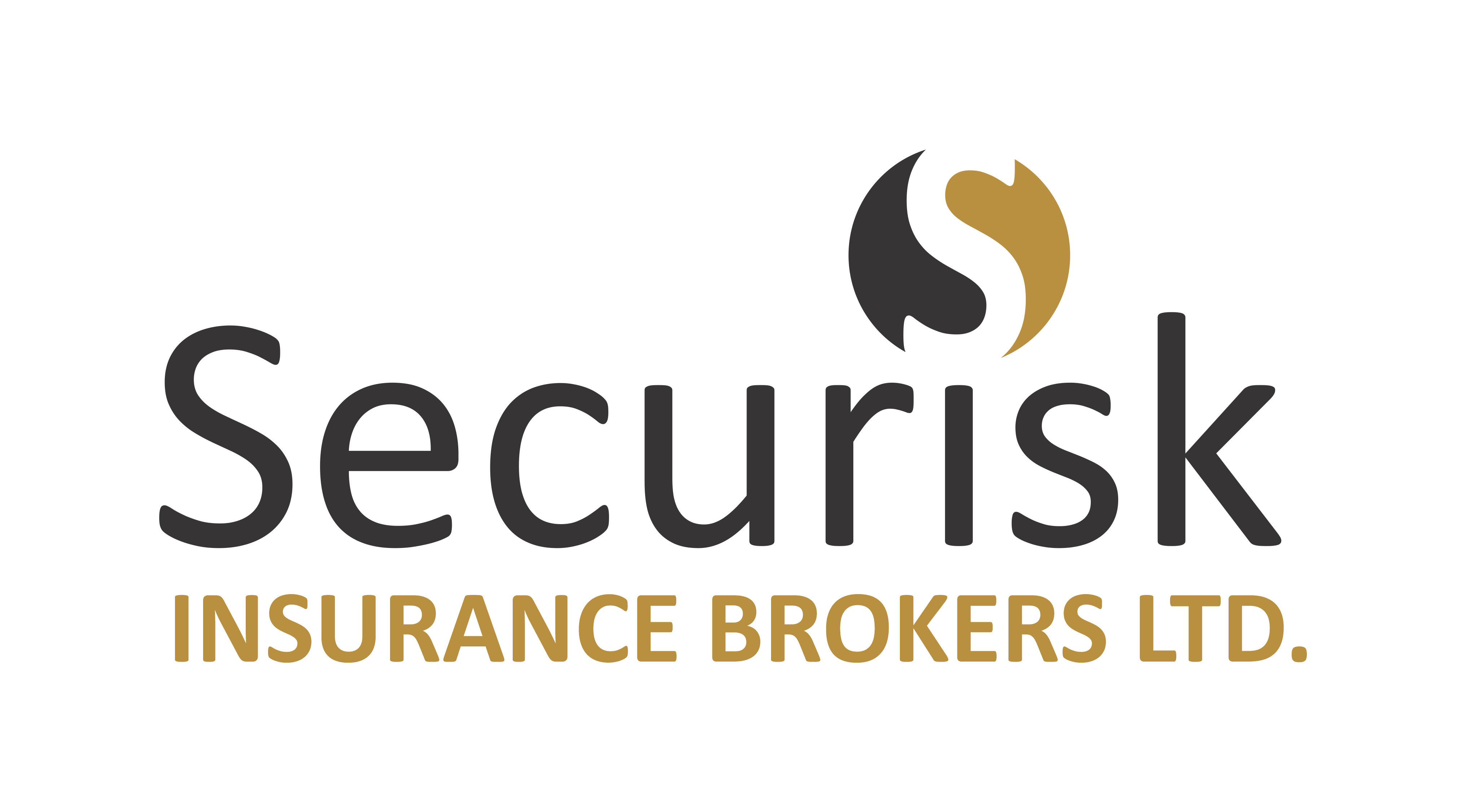- August 24, 2022
- Posted by: info@whatsdown.in
- Category: Bookkeeping
Liabilities represent obligations or debts a company owes, such as loans or accounts payable. This insight helps businesses assess the need for repairs, maintenance, or potential replacements, ensuring optimal asset management. When an asset is sold, calculating the gain or loss on the sale relies on accumulated Depreciation. In this method, we apply a percentage on face value to calculate the Depreciation Expenses during the first year of its useful life. Accumulated depreciation on 31 December 2019 is equal to the opening balance amount of USD400,000 plus depreciation charge during the year amount of USD40,000. “Salvage value” is the cash you receive when you sell the asset at the end of its useful life.
Get More From Accounting for Everyone With Weekly Updates
- Business owners use it when they cannot predict changes in the amount of depreciation from one year to the next.
- The amount of a long-term asset’s cost that has been allocated to Depreciation Expense since the time that the asset was acquired.
- The “double” or “200%” means two times straight-line rate of depreciation.
- The depreciation expense calculated by the straight line depreciation method may, therefore, be greater or less than the units of output method in any given year.
- So since the life of the toy-producing machine above is 15 years, we will add together the digits representing the number of years of the life of the assets.
It would be inaccurate to assume a computer would incur the same depreciation expense over its entire useful life. Accountants use the straight line depreciation method because it is the easiest to compute and can be applied to all long-term assets. However, the straight line method does not accurately reflect the difference in usage of an asset and may not be the most appropriate value calculation method for some depreciable assets. In conclusion, accountants play a critical role in the process of depreciation.
The company expects to receive the scrape value back, so it is not an expense. In conclusion, depreciation is used in different sectors to allocate the cost of assets over their useful life. Manufacturing companies use the straight-line method of depreciation for their machinery and plant and machinery. Real estate companies use the straight-line method of depreciation for their buildings and land, taking into account the carrying value of the asset.
First, we need to find accumulated depreciation formula straight-line book value or the initial capitalization costs of assets. For example, the production machine that is high performing in the first few years and then the performance is slow eventually. In this case, we should not use the straight-line method to depreciate the machine.
Straight line method is also convenient to use where no reliable estimate can be made regarding the pattern of economic benefits expected to be derived over an asset’s useful life. This depreciation method is appropriate where economic benefits from an asset are expected to be realized evenly over its useful life. So, the company will record depreciation expense of $7,000 annually over the useful life of the equipment. The credit is made to the accumulated depreciation instead of the cost account. Now, let’s also consider the following T-accounts for the accumulated depreciation.
Straight-Line Depreciation Method
The information on a balance sheet rolls over from period to period as the value of these accounts change over time. The double-declining balance method is a form of accelerated depreciation. It means that the asset will be depreciated faster than with the straight line method. The double-declining balance method results in higher depreciation expenses in the beginning of an asset’s life and lower depreciation expenses later. This method is used with assets that quickly lose value early in their useful life. A company may also choose to go with this method if it offers them tax or cash flow advantages.
Once straight line depreciation charge is determined, it is not revised subsequently. Calculate depreciation expense for the years ending 30 June 2013 and 30 June 2014. E.g. rate of depreciation of an asset having a useful life of 8 years is 12.5% p.a. Doing asset depreciation manually, even for seasoned professionals, is prone to error. To illustrate this, we assume a company to have purchased equipment on January 1, 2014, for $15,000.
- Suppose a company purchases a machine for $10,000 with a useful life of 5 years and no salvage value.
- Fixed assets netbook value equal to fixed assets cost plus accumulated depreciation.
- From the view of accounting, accumulated depreciation is an important aspect as it is relevant for capitalized assets.
Current book value refers to the net value of an asset at the start of the accounting period.
- The other side of the transaction will increase the accumulated depreciation on the balance sheet.
Straight line depreciation method charges cost evenly throughout the useful life of a fixed asset. The straight-line method is the most common method used to calculate depreciation expense. It is the simplest method because it equally distributes the depreciation expense over the life of the asset. Being the simplest method, it allocates an even rate of depreciation every year on the useful life of the asset. It estimates the asset’s useful life (in years) and its salvage value at the end of its term.
What Are Operating Costs?
For the next of years, we apply the same percentage on the booked of written down value of the asset, but the value of the percentage is not given in the data we have. If the use of an asset will vary greatly from year to year, the units-of-production method may be appropriate. Second, once the book value or initial capitalization costs of assets are identified, we need to identify the salvages value or the scrap value of assets at the end of the assets’ useful life.
The “double” or “200%” means two times straight-line rate of depreciation. For instance, if an asset’s estimated useful life is 10 years, the straight-line rate of depreciation is 10% (100% divided by 10 years) per year. Therefore, the “double” or “200%” will mean a depreciation rate of 20% per year. The balance in the Equipment account will be reported on the company’s balance sheet under the asset heading property, plant and equipment. However, we cannot reduce the cost of assets directly, we need to record to its contra account which is the accumulated depreciation. With the straight line depreciation method, the value of an asset is reduced uniformly over each period until it reaches its salvage value.
Double Declining Balance (DDB) Depreciation Method
This account accumulates the depreciation posted each year, and each asset has a unique accumulated depreciation account. Using the straight-line depreciation method, the business finds the asset’s depreciable base is $40,000. Finishing the formula, the business finds the asset’s annual depreciation amount is $4,000. The entire value of the asset ($40,000 depreciable base) will be reclassified into the expense account over time. When you use the straight-line depreciation formula, the expense journal entry will be the same each year.
The accumulated depreciation account is used to track the total amount of depreciation that has been charged to fixed assets over time. Double declining balance is an accelerated depreciation method that calculates the depreciation expense based on twice the straight-line depreciation rate. Accumulated depreciation is the sum of depreciation expenses over the years. The carrying amount of fixed assets in the balance sheet is the difference between the asset’s cost and the total accumulated depreciation and impairment.
The most common method of depreciation used on a company’s financial statements is the straight-line method. When the straight-line method is used each full year’s depreciation expense will be the same amount. To illustrate an Accumulated Depreciation account, assume that a retailer purchased a delivery truck for $70,000 and it was recorded with a debit of $70,000 in the asset account Truck. Each year when the truck is depreciated by $10,000, the accounting entry will credit Accumulated Depreciation – Truck (instead of crediting the asset account Truck). This allows us to see both the truck’s original cost and the amount that has been depreciated since the time that the truck was put into service. For example, due to rapid technological advancements, a straight line depreciation method may not be suitable for an asset such as a computer.
From the view of accounting, accumulated depreciation is an important aspect as it is relevant for capitalized assets. Below is data for calculation of the accumulated depreciation on the balance sheet at the end of 1st year and 3rd year. Let’s see some simple to advanced examples to understand the calculation of accumulated depreciation in balance sheet better.

